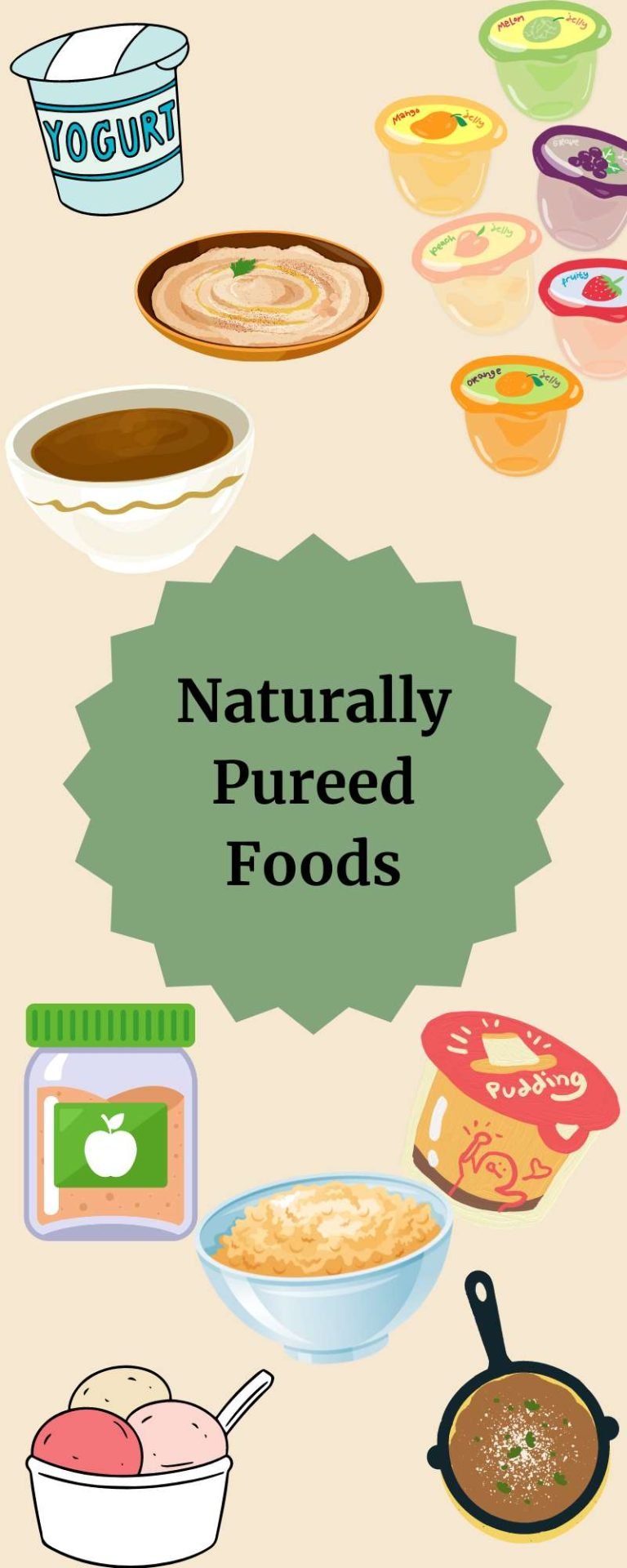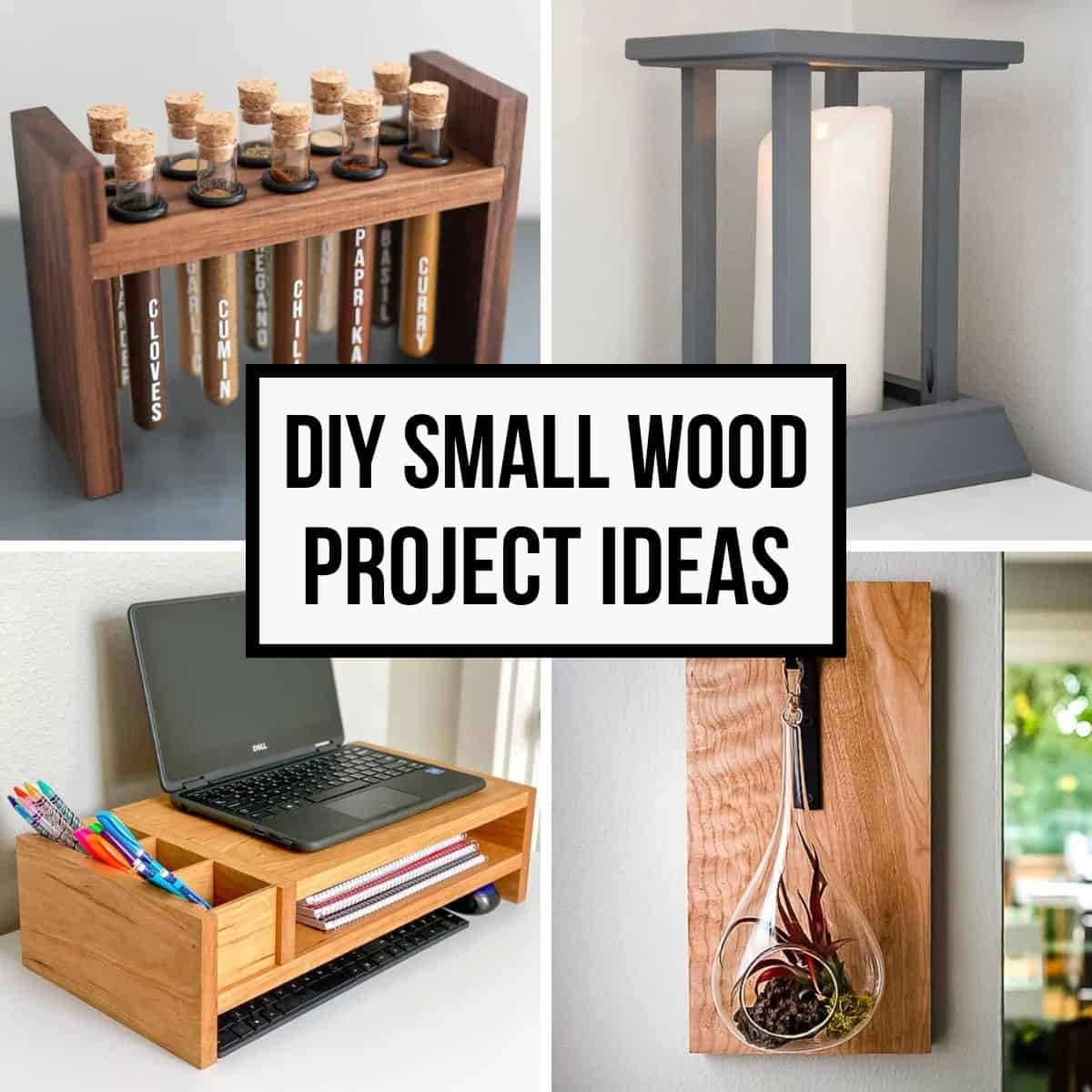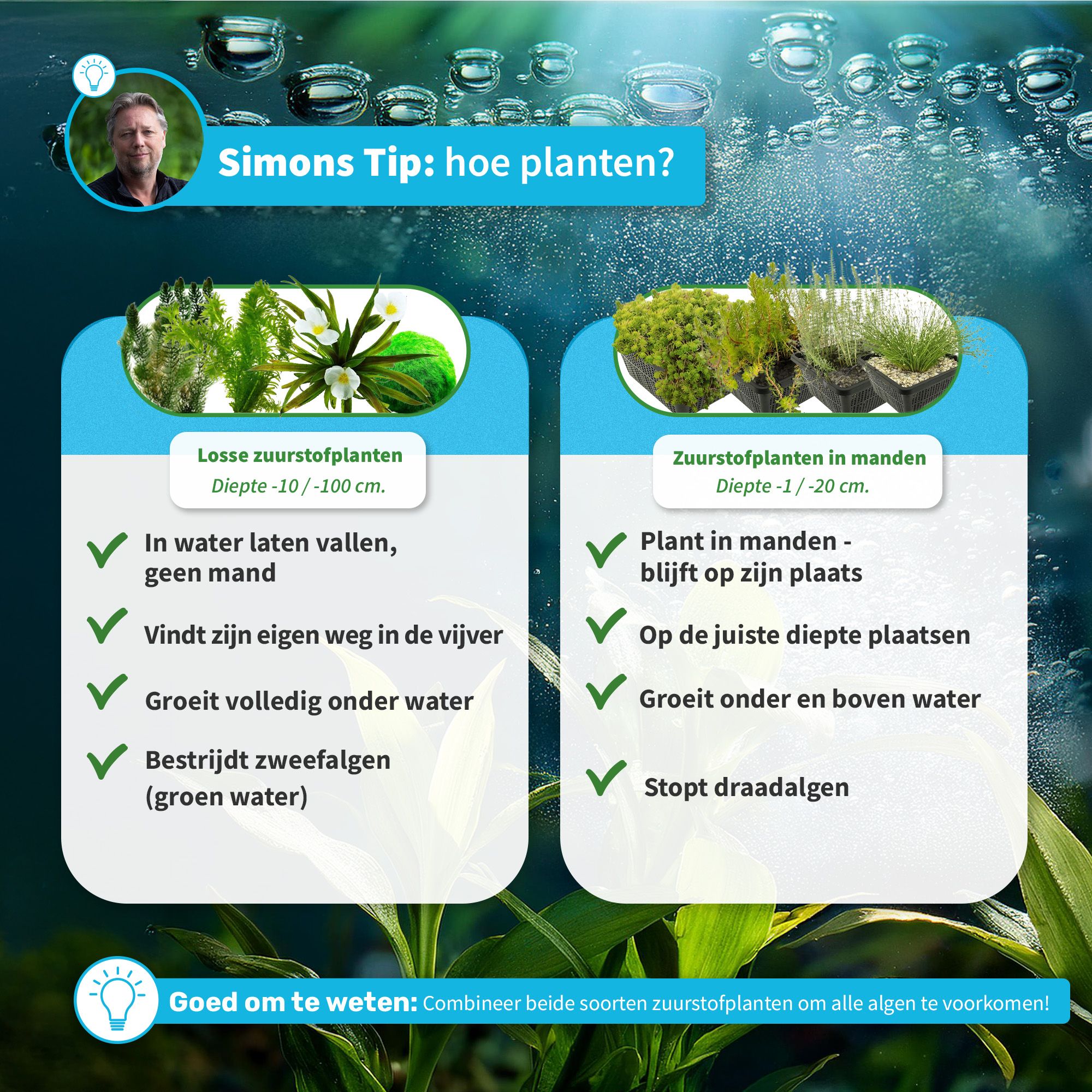Step-by-Step Guide: Creating Unique DIY Bracelets at Home
Introduction
Making your own bracelet at home is a creative and rewarding DIY project that lets you personalize accessories to match your style, gift unique items to friends, or simply relax with a hands-on activity. Whether you are interested in classic friendship bracelets, beaded designs, or experimenting with leather and advanced finishes, there are accessible methods for every skill level. Below, you’ll find comprehensive, actionable guidance on how to make a DIY bracelet, including step-by-step instructions, real-world examples, and alternative approaches for a variety of materials and styles.
Choosing Your Bracelet Style
Before starting, it’s important to choose which type of bracelet you want to make. The most popular categories include:
- Beaded bracelets : Created from string, elastic, or wire threaded with beads of various materials.
- Friendship bracelets : Traditionally woven with embroidery floss, featuring patterns like stripes, chevrons, and zigzags.
- Leather or cord bracelets : Use durable cords or leather strips for a rustic or minimalist look.
Each style offers a range of design possibilities and can be adapted for beginners or advanced crafters. For example, beaded bracelets are often the easiest to start with, while friendship bracelets allow for intricate pattern making [4] .
Gathering Essential Materials and Tools
The materials you need will depend on the bracelet style you select. Here’s a quick overview:
- Beaded Bracelets : Beads, elastic cord or stretch string, scissors, optional crimp beads and jewelry glue.
- Friendship Bracelets : Embroidery floss in various colors, scissors, tape or clipboard for securing the bracelet while working.
- Leather/Cord Bracelets : Leather cord or waxed cotton cord, metal clasps or adjustable knots, scissors, and jewelry pliers.
Optional tools include needles for threading small beads and glue for securing knots. You can find these supplies at craft stores, online retailers, or repurpose materials from old jewelry [1] .
Step-by-Step Instructions: Making a Classic Beaded Bracelet
Beaded bracelets are a versatile starting point for DIY jewelry. Follow these steps for a simple stretch bracelet:
- Cut a piece of elastic cord to fit your wrist, adding about 4 inches for tying knots.
- String your chosen beads onto the elastic. You can use a pattern or random arrangement. Try various bead sizes and colors for a custom look.
- Check the fit by wrapping the bracelet around your wrist. Adjust the number of beads as needed.
- Tie a secure double or surgeon’s knot to close the bracelet. For added security, a small drop of jewelry glue can be applied to the knot.
- Trim excess cord close to the knot. If desired, slide a bead over the knot to hide it.
Practical tips: Use stretch cord specifically designed for jewelry making, which resists fraying and breaking. If you want to make an adjustable bracelet, follow tutorials that show how to add sliding knots or crimp covers for a professional finish [2] .
Step-by-Step Instructions: Creating a Friendship Bracelet
Friendship bracelets are woven using embroidery floss and can feature a range of patterns. The classic candy stripe and chevron are among the most popular. Here’s how to make a basic candy stripe friendship bracelet:

Source: glamour.globo.com
- Cut four strands of embroidery floss, each about 36 inches long. Tie a knot at one end and secure it to a table with tape or a clipboard.
- Separate the strands by color order. Take the leftmost string and make a forward knot (loop over the next string and pull through) across each of the other strings, moving left to right.
- Repeat this process with the new leftmost strand, always moving across the others. This creates diagonal stripes.
- Continue knotting until the bracelet reaches the desired length (typically 6 inches for most wrists).
- Finish with an overhand knot and trim any excess floss, leaving enough to tie the bracelet on.
Advanced patterns, like chevrons or zigzags, use similar knotting techniques but alternate the direction of knots for more complex designs. For inspiration and detailed charts, many crafters reference online tutorials or pattern generators [1] .
Alternative Bracelet Styles and Advanced Techniques
If you want to expand your skills, consider exploring:
- Kumihimo (Japanese Braiding) : Uses a round disk to weave intricate, round bracelets. Supplies are available at major craft stores and online marketplaces.
- Leather and Cord Bracelets : Combine leather cords with metal clasps or adjustable knots for a modern look. Tutorials often demonstrate how to add decorative beads or metal accents [4] .
- Custom Charms and Pendants : Personalize any bracelet by attaching small charms, initials, or pendants. Jump rings and pliers are typically used for this step.
Many crafters share video tutorials for these advanced methods on platforms like YouTube and TikTok. Searching for terms like “DIY leather bracelet tutorial” or “kumihimo bracelet” yields many step-by-step guides [5] .

Source: hydroint.co.za
Finishing and Securing Your Bracelet
How you finish your bracelet affects both its durability and appearance. For beaded bracelets, secure knots with a dab of glue and consider adding crimp beads for a polished look. For woven or corded bracelets, create adjustable sliding knots to allow for easy sizing and removal. To make a sliding knot:
- Lay the bracelet ends parallel and tie a separate piece of cord around them.
- Use a square knot technique to create a flat, adjustable closure.
- Trim excess cord and secure with glue if desired.
Experiment with different closure styles, such as lobster clasps or magnetic fasteners, for a more sophisticated finish. Adding these components may require basic jewelry pliers and a little practice but can elevate your DIY bracelet [2] .
Real-World Examples and Creative Inspiration
Many creators showcase their bracelet projects and provide free tutorials online. For example, Sarah Maker offers step-by-step instructions and pattern charts for dozens of friendship bracelet styles [1] . The Craft Patch Blog compiles tutorials for embroidery floss, beaded, and leather bracelets, featuring innovative approaches like the watermelon pattern and advanced finishing techniques [4] . Video platforms like YouTube and TikTok are also excellent resources for visual learners, with creators demonstrating each step in real time [2] , [3] .
Common Challenges and Solutions
Some beginners encounter challenges such as tangling of threads, loose knots, or breakage of elastic. To avoid these issues:
- Work in a well-lit area and secure your bracelet while crafting to prevent tangling.
- Use high-quality materials, as cheap elastic or thin floss is more likely to fray or snap.
- Test the strength of knots before trimming excess material, and reinforce with glue when needed.
- For intricate patterns, follow a printed chart or video tutorial to avoid mistakes.
Don’t be discouraged by early mistakes-practice builds skill and confidence.
Alternative Pathways and Expanding Your Creativity
If you’re ready to try new techniques, explore:
- Combining different materials, such as adding metal beads to friendship bracelets or mixing leather with embroidery floss.
- Creating adjustable bracelets with sliding knots for easy gifting and wear.
- Repurposing old jewelry components for eco-friendly projects.
For further ideas, search for online crafting communities, join social media groups, or look up bracelet-making workshops in your area. Many local craft stores offer classes for both beginners and advanced makers.
Summary and Next Steps
Making a DIY bracelet is a fun, accessible project that can be tailored to your skills and style. With basic materials and a little guidance, anyone can create beautiful, customized accessories. Start simple, experiment with new patterns and materials, and don’t hesitate to seek out additional tutorials and community support. Your creativity is the only limit!
References
- [1] Sarah Maker (2020). How to Make Friendship Bracelets – Complete Tutorial.
- [2] The Pretty Life Girls (2022). 6 Ways to Finish a DIY Bead Bracelet | YouTube.
- [3] The Bomb Braceletss (2023). DIY Bead Bracelet Tutorial – TikTok.
- [4] The Craft Patch Blog (2022). How To Make A Bracelet – Best Techniques & Patterns.
- [5] Creation & You (2024). Simple and Easy Bracelet Ideas for Beginners | YouTube.
MORE FROM hotondeals.com













